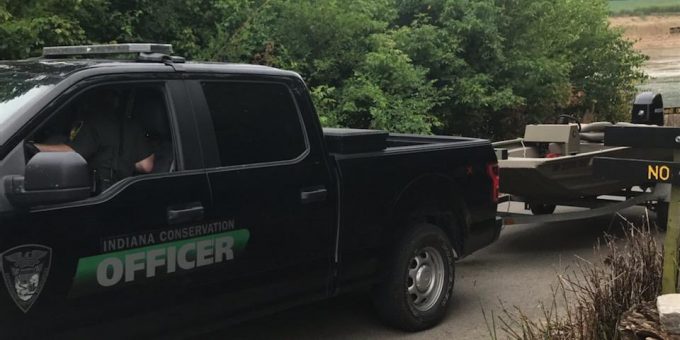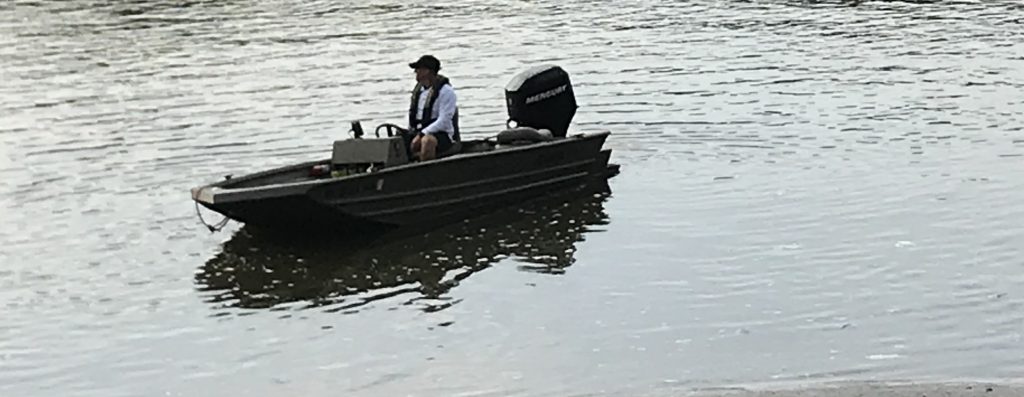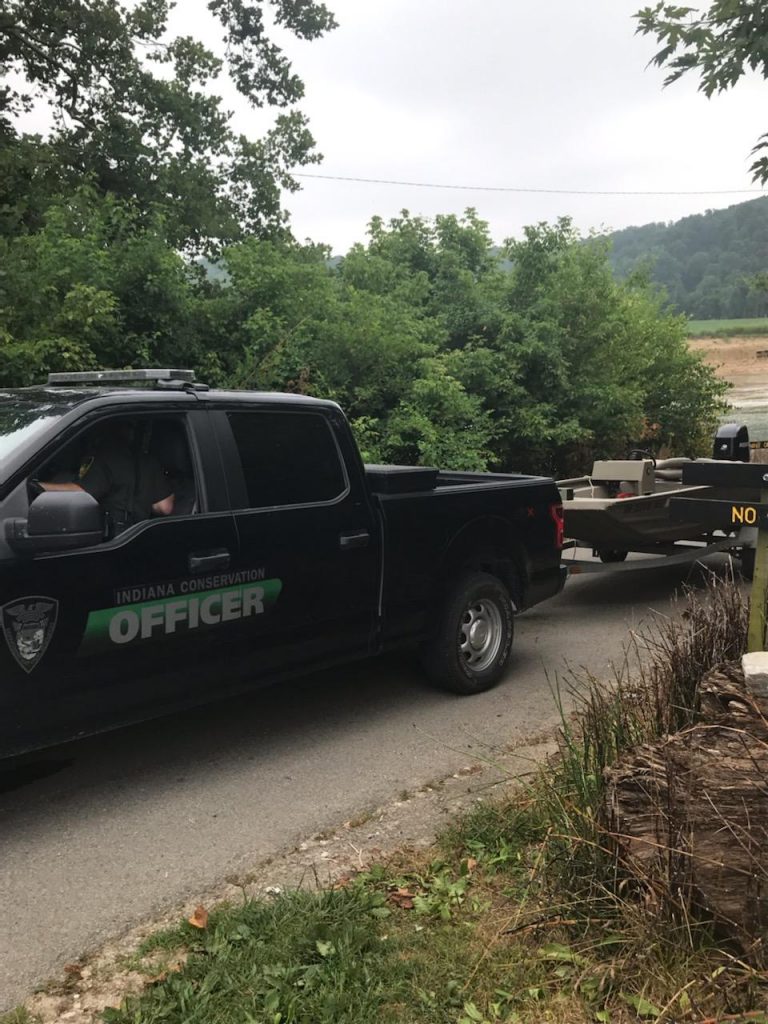
(UNDATED) – The Indiana Department of Natural Resources is reporting 35 people have drowned so far in 2020. This number does not reflect current open or pending cases. This also does not reflect the cases that have not yet been completed, according to Public Information Officer Marty Benson, Indiana Department of Natural Resources.
Two men drowned on Tuesday, July 21 at the Williams Dam and two more drownings occurred in South-Central Indiana last weekend.

At approximately 12:14 p.m. on Wednesday, July 22, the body of 38-year-old Cung Hu, of Indianapolis, was located approximately a half a mile south of the Williams Dam. On the same day at approximately 6:47 p.m., Conservation Officers located the body of 42-year-old Hrang Mang, also of Indianapolis. According to DNR Public Information Officer Jim Hash, both men were swept under by the current 75 to 100 yards downstream and did not resurface after the two attempted to wade to a rock island to fish.

On Saturday, July 25 at 8:30 p.m. search crews responded to Fourteen Mile Creek in Charlestown after a report of a person in the water.
The search conducted by Indiana Conservation Officers, Louisville Metro Police Department Water Patrol, Clark County Sheriff’s Department, and Charlestown Police Department continued into Saturday night and resumed on Sunday morning.
This weekend the body of a 3-year-old was recovered Sunday, July 26 after going missing near the beach at Racoon Lake. At 3:50 p.m. Indiana Conservation Officers were dispatched to the beachfront area of Raccoon Lake in response to reports of a 3-year old that had wandered off from the family.
At 4:54 p.m. a visitor located the child in 6-7 feet of water just outside the beach area. Racoon Lake is located 50 miles west of Indianapolis.
Total Number of Drownings by year:
- 2017 – 51
- 2018 – 53
- 2019 – 47
- 2020 – 35 (so far)
The number of drownings does not include the number of drownings investigated by local police departments.
According to the Center of Disease and Control, every day about ten people die from unintentional drowning. Of these two are children under the ages of 14 or younger.
Drowning ranks fifth among the leading cause of unintentional injury or death in the United States.
The American Red Cross offers some safety tips to prevent drownings.
The warm weather is here and people everywhere are looking forward to having fun in and near water. The American Red Cross wants to ensure that everyone becomes water competent – that they are ‘water smart,’ have swimming skills and know how to help others.
Children and adults should at a minimum achieve the skills of water competency: be able to enter the water, get a breath, stay afloat, locate an exit, swim a distance and then get out of the water safely.
Layers of protection are essential to help prevent drowning. Plan ahead for aquatic activities:
- Provide close and constant attention to children you are supervising in or near water
- Fence pools and spas with adequate barriers, including four-sided fencing
- Learn swimming and water survival skills
- Children, inexperienced swimmers, and all boaters should wear properly fitted U.S. Coast Guard-approved life jackets;
- Always swim in a lifeguarded area.
BEACH SAFETY
- If you plan to swim in the ocean, a lake or river, be aware that swimming in these environments is different than swimming in a pool. Be sure you have the skills for these environments.
- Swim only at a beach with a lifeguard, within the designated swimming area. Obey all instructions and orders from lifeguards and ask them about local conditions.
- Make sure you swim sober and that you always swim with a buddy. Know your limitations and make sure you have enough energy to swim back to shore.
- Protect your neck – don’t dive headfirst. Walk carefully into open waters. Watch out for and avoid aquatic life.
- If you are caught in a rip current, try not to panic. Signal to those on shore that you need assistance. Swim parallel to the shore until you are out of the current. Once you are free, swim toward shore. If you can’t swim to the shore, float or tread water until you are free of the rip current and then head toward shore.
USEFUL LINKS
- You can find more water safety information, including how to respond to a water emergency, here.
- Check out our swim lessons information here.
- Have a home pool? Visit our pool safety information here.
- Consider enrolling your children in a Red Cross Longfellow’s WHALE Tales class, which raises children’s awareness of safe behavior in, on or around the water! See more details here.



